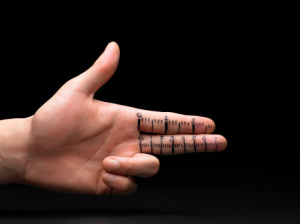 One of the greatest practical skills a trader can learn (after money management) is the ability to draw straight lines.
One of the greatest practical skills a trader can learn (after money management) is the ability to draw straight lines.
Prices have long memories, and they tend to behave in the same way at key levels again and again.
So, if you can draw a horizontal line at a key level – you’re giving yourself more information about price behaviour than you’d find in a dozen indicators.
What I’m talking about, of course, is support and resistance.
Support and resistance works in all timeframes and in all instruments. It works in trending markets, and in range-bound markets.
It tells us that if a price has bounced off a level once, it’s likely to do it again.
If it’s bounced off that level twice, then it’s even more likely to do it next time.
In fact, the more times your price struggles to move through a level, the stronger that area of support or resistance becomes.
In the chart below, we can see the gold price repeatedly bouncing off the 1530 level since October last year:
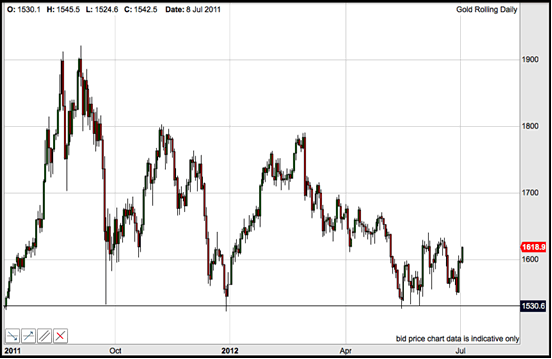
By popping these lines on our charts, we give ourselves inside information on how prices will behave at these key levels.
It is no coincidence that the buyers come into the market whenever gold moves down to the 1530 level. This is where that price finds support – it’s a level littered with stop losses and buy orders – where investors believe the price has got “too cheap”.
Drawing lines
In technical trading books, you’ll find many, many rules about how to draw lines of support and resistance.
The basics are these …
1. The more often your level is tested, the more valid it becomes?
2. The more recently a level has been tested, the stronger its support or resistance
3. If support is broken, that level becomes resistance. Likewise, if resistance is broken, that level becomes support
Strictly speaking, the market needs to get rejected at least twice for it to count as support/resistance, but as far as I’m concerned, any reversal point is worth watching for price action.
Why does support become resistance?
Of course, the markets would be very dull if we never broke through our support and resistance areas – but when we do, a support level will become resistance, and vice versa.
There are a number of reasons why this happens.
Let’s say that there’s resistance at 50, but the price drives through this level. All the people with an order to sell at 50 will now be showing a loss. Their trade plan is in tatters because the resistance level has been breached. When the price drops back to 50, they’ll want to get out of these trades at breakeven: this puts buying pressure into the market.
How to use your straight lines
Drawing straight lines on your charts doesn’t constitute a trading strategy in itself, but it can form one of the strongest foundations a trading strategy can have.
Here are the basic behaviour patterns that you want to be watching for …
In a sideways market: here, what we’d ideally see is the price playing ping-pong between two neat lines of support and resistance.
Of course, in the real world, charts are rarely that tidy. I find it helpful to think of my support and resistance lines as “areas” rather than “lines” – when the price gets into these zones, we can start looking for signals.
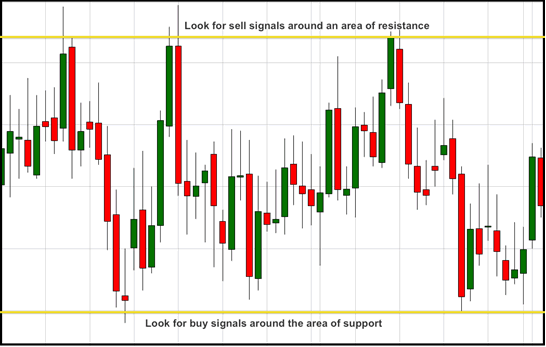
In a trending market: here, the use of support and resistance is less obvious, but it shows us how fluid this technique can be, and teaches us that every turning point can give us valuable knowledge.
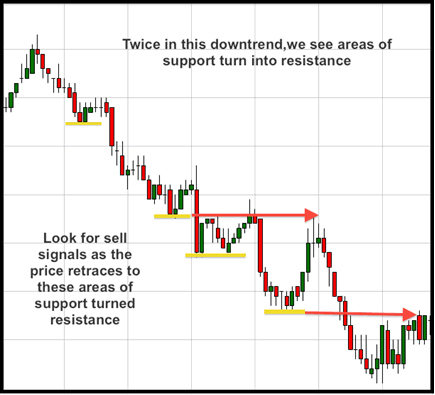
In the chart above, we can see a number of levels where the price found support in this downward trend. When the price then moved through these levels, it will frequently retrace back to the old support levels, and then find resistance at them.
These simple straight lines are one of the most important fundamentals of trading. As I said earlier, they can be more powerful than an armful of technical indicators – and if you’re trading without them, you’re putting yourself at a disadvantage.
Concrete trading techniques
The next issue to consider is how we turn these key areas into solid trades. There are as many ways to play this as there are trading signals, but if we’re looking to keep our charts clear of technical indicators, here are a couple of simple ways …
1. Waiting for the bounce: as ever, if we wait for the market to do what we’re expecting, we’ll have missed some of that move. But, provided there’s still significant “legs” in the market, we can afford to be cautious.
We can wait for the price to turn at our support/resistance level, and have one or two candlesticks close on the right side of that level before we act.
Like this:
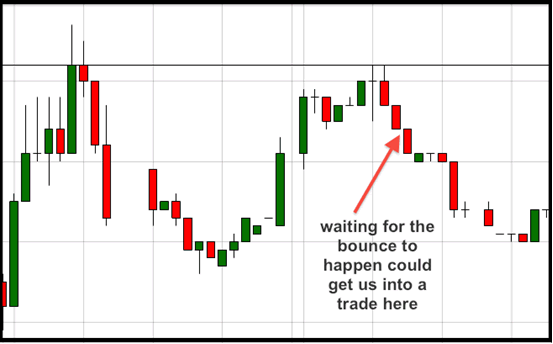
2. The other way is to look for candlestick shapes. The easiest “indecision” candlestick to spot is a doji. So our signal will look something like this.
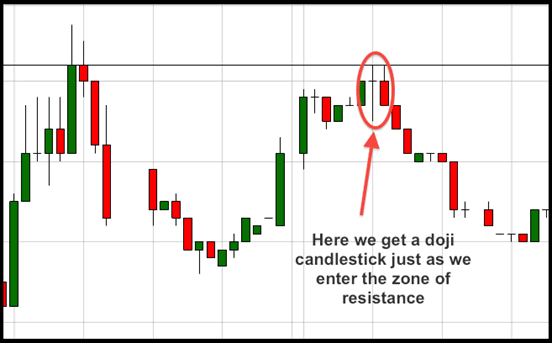
Of course, an indecisive market can often foray some way through a support or resistance level before turning tail, and that’s where we risk getting our stops hit.
